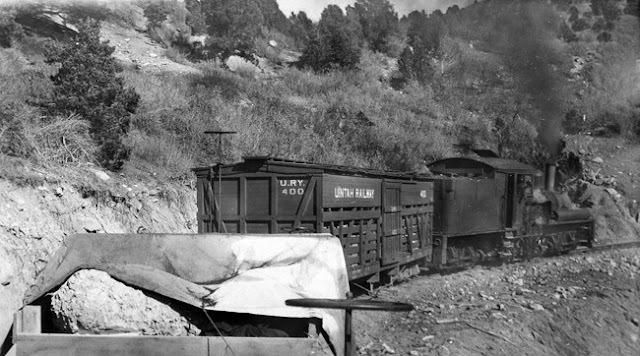The Abandoned Capital City: Plymouth, Montserrat

Plymouth is the capital city of Montserrat , an overseas territory of the United Kingdom. In 1997, it had a population of 4,000. (Location on our Ghost Towns Map ) Beginning in 1995, however, the Soufrière Hills volcano began erupting after centuries of dormancy. After initially being allowed back, residents were evacuated when further eruptions created pyroclastic flows in the city, and the southern part of the island. Plymouth Disaster Zone: Photo: Andrew Eames The southern part of the island continues to be in an exclusion zone as a result of the volcano, but residents have relocated on its north end. All government buildings have been relocated to Brades; but the capital city still officially remains as Plymouth, although the city is south of the exclusion zone, and thus completely uninhabitable. This makes it the only example of a ghost town which also serves as a capital city. A YouTube video on the disaster has been made from Half as Interesting












